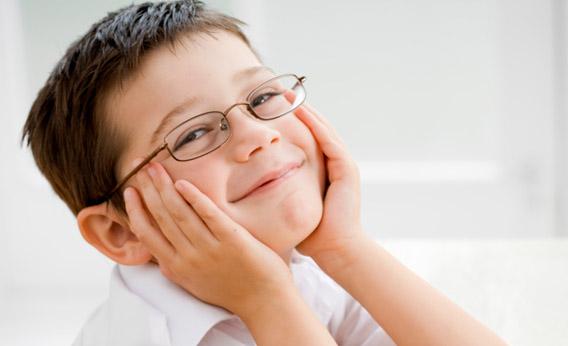Last week, Slate published an article by Mark Regnerus about his study of parents who had same-sex romantic relationships. According to Regnerus, the study shows different (and generally worse) outcomes for children whose parents engaged in such relationships, compared to adults who lived with their married, biological parents throughout childhood. Slate also published a critique of the study—and a defense of the data—by William Saletan.
Both writers had more to say, and they agreed to continue the exchange here. What follows is the third part of their dialogue.
Hi Will,
I think you’ve interpreted the statistical challenges here accurately. Sample sizes and statistical power concerns get lost on the public, but it’s a genuine issue when you’re looking randomly for “needles in a haystack”—that is, a comparatively small population of gay and lesbian parents out there.
About the Witherspoon Institute: I have as much control over what they do with the results of this study as they had over its conduct: zero. I would hope and expect, too, that the scholars at the National Longitudinal Lesbian Family Study—whose nonrandom sampling approach I challenged in the study—operate equally freely from the expectations of their advocacy funding sources. Indeed, the conduct of science rests upon basic social trust about such things.
You asked about a particular website’s interpretation of the data. At a glance, you appear to be raising questions about details that the study did not explicitly address. But you asked me to set the record straight. As for your first question—whether the study compares intact biological families to families formed by people in same-sex relationships—the calendar data can help us assess which kids’ households were formed by same-sex parents at birth or early in childhood, and which ones appear to have witnessed midstream the formation of parental same-sex relationships. Given that age 14 was the year in which the most respondents—20 cases total—reported living with mom and her partner, it suggests there are more of the latter than the former. Whether that matters for child outcomes or not is unclear, but may be challenging to discern due to small sample size.
Nevertheless, the intact, biological family remains the safest bet, as the study tables consistently affirm. The odds of emerging from youth with little baggage is markedly lower for children from the intact mom-and-pop version of the family, compared to young adults from families characterized by household instability, whether gay or straight. But keep this word in mind: “odds.” Nothing is certain in life. We’re always talking in terms of likelihoods. That concept regularly gets lost in the transition from scholars to the media to the public, who tend to care far less about details and far more about anecdotes, and perceive “certainties” when we say “probabilities.” It’s why I titled the study as I did, about adult children of parents who have had same-sex relationships, and why I qualified my assertions over and over.
If you extrapolate from my study’s numbers (two cases—out of 175 LMs—in which mom and her partner were together for 18 years, located from 15,058 young adults), it suggests that a direct-equivalence study (where stably-intact lesbian or gay families are compared to the same among heterosexual families) of young adults using nationally representative data and ample statistical power may not even be feasible, unless the census decides to start asking more frank questions, including about the sexual orientation of household members.
What such future studies will suggest is anybody’s guess, but until that happens, the “burden of proof” ought to be upon the “no differences” hypothesis, especially given what we have learned about household instability here, what studies of adoption have often noted, and the risk of making a Type II error (that is, erroneously concluding that there are no differences between two groups when there actually are differences in reality). Until now, however, those many small, nonrandom studies have been given the scholarly benefit of the doubt. That is unscientific.
If any of these answers give you pause about the Witherspoon website details, I’ll bet they’re willing to tweak the site in order to get the details of this study correct.
I’ll conclude this entry by covering territory I think we agree upon, Will. The results of the study certainly seem to challenge the popular narrative I call ‘‘Romantic Individualism,’’ the set of cultural scripts that appear to guide the manner in which very many adults—young or old, gay or straight, white or black, religious or irreligious, liberal or conservative—tend to construct, evaluate, and regularly deconstruct their most intimate relationships, including ones that involve children. We do need to do better. I have a friend in Los Angeles who regularly appears on national media as a relationship consultant. A divorced mother of one, she is nevertheless reticent to recouple. When her friends ask why she postpones her own quest for relational fulfillment, she replies, “My child’s happiness is my happiness.” More of us would do well to take that to heart.
Mark
